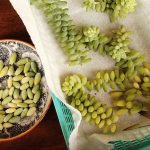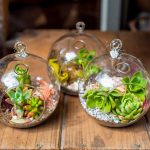When it comes to caring for your garden, fertilizing is an essential task for promoting growth in various plants, including succulents. If you’re unsure about the best fertilizer to use on succulents or when and how to fertilize them, we’ve got you covered.
Plant care involves several basic practices that every gardener must consider daily to ensure their plants thrive. While watering is crucial and requires frequent attention, fertilizing is another vital aspect that should not be overlooked.
There seems to be some confusion surrounding the care of succulents due to their low-maintenance nature and resilience. The question often arises: do succulents even require plant food?
This comprehensive guide addresses all your queries, from common myths surrounding succulent fertilization to recommendations on the best fertilizers for your succulent plants.
Debunking Fertilizing Myths in Succulents
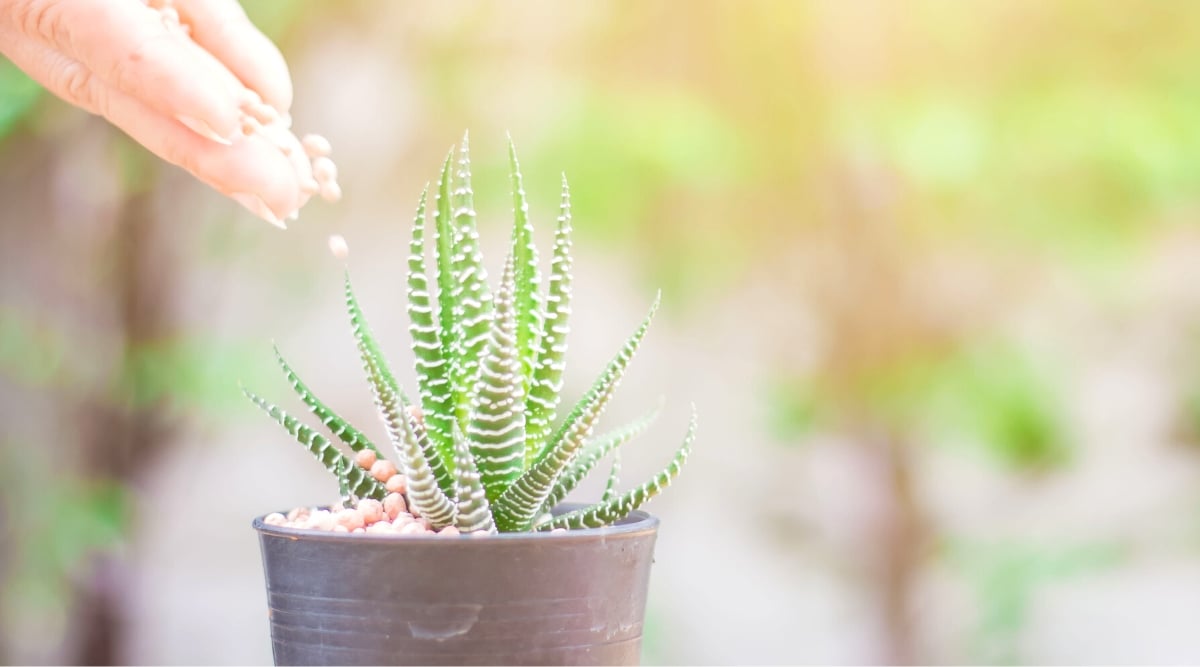

Before delving into the specifics, it’s vital to address some misconceptions regarding fertilizing succulents.
One prevailing myth suggests that succulents do not require fertilization at all. While there is some truth to this, the reality is a bit more nuanced. Succulents necessitate less fertilizer compared to other plants and may not require additional nutrients when grown outdoors in high-quality soil. However, in container cultivation, nutrients can deplete over time, necessitating their replenishment, even in small quantities.
Another mistaken belief, especially for indoor succulent growers, is that these plants demand the same level of nutrients as other houseplants.
Succulents typically thrive in nutrient-poor soil and can suffer damage from excessive fertilization. It is recommended to provide most types of succulents with half-strength fertilization at intervals to enable optimal growth.
There is also a common misconception that feeding plants accelerates growth or remedies a struggling plant. Fertilizer is not a panacea, and for succulents, growth issues resulting from nutrient deficiencies are highly unlikely. Fertilizing cannot force a slow-growing succulent to speed up beyond its natural pace; while it aids growth, other factors also influence the process.
With these myths debunked, let’s explore the significance of fertilizer and its role in succulent care.
Understanding the Importance of Fertilizer
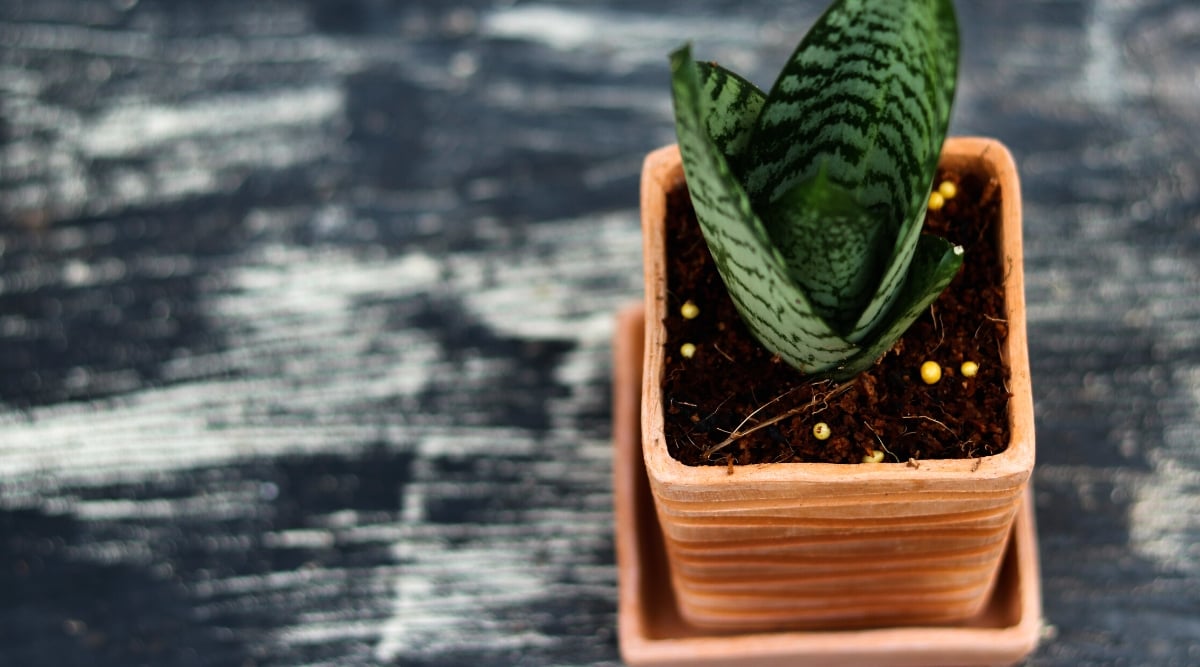

Fertilization plays a crucial role in plant maintenance, alongside tasks like watering and general upkeep. Just like humans, all plants require specific nutrients to survive and thrive. These nutrients are naturally present in the soil, absorbed by the roots through water, and distributed to different plant parts as needed.
Nutrients are typically categorized into three groups:
- Macronutrients (NPK)
- Secondary Nutrients
- Micronutrients
The primary group consists of macronutrients – nitrogen, phosphorus, and potassium, often labeled as NPK on fertilizer packaging.
Secondary nutrients, such as calcium, are essential in moderate quantities, though not as critical as macronutrients.
Finally, micronutrients like iron are required in trace amounts but are crucial for overall plant health and function.
Ensuring the appropriate balance of these nutrient groups in your soil is vital for sustained plant growth and optimizing their potential. By maintaining this balance, your plant roots will efficiently absorb the necessary nutrients for healthy development.
To maintain optimal growth, plants rely on a steady supply of nutrients present in the soil. Gradually, these nutrients get used up, and without natural replenishment, the soil’s nutrient levels deplete over time.
Fertilizer serves the purpose of sustaining the necessary nutrients in the soil for different plants, depending on their specific needs, ensuring they reach their full growth potential. This becomes particularly crucial when cultivating plants in containers; limited soil volume restricts the plants’ access to nutrients.
Do All Succulents Need Fertilizer?
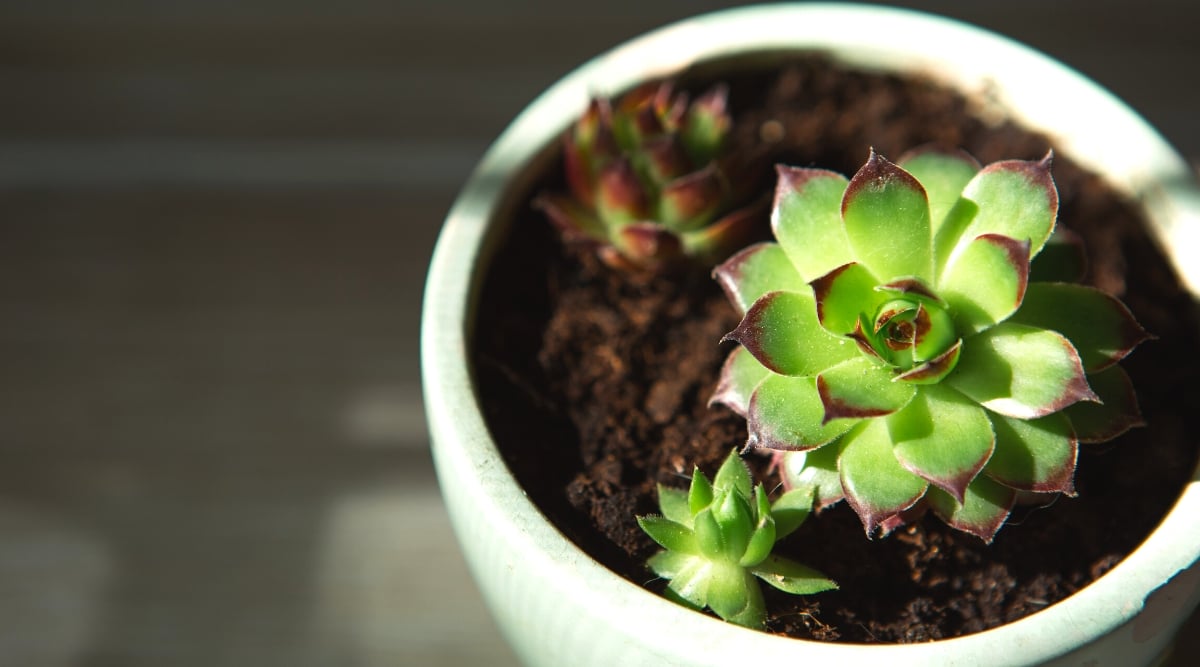

Answering whether all succulents necessitate fertilizer isn’t a straightforward yes or no. While all succulents require nutrients for growth, the existing soil nutrient levels determine if they need additional supplementation.
Succulents aren’t homogenous; there’s a vast array of succulent varieties spanning different families, genera, and species, contributing to varying fertilization needs or the absence thereof.
Typically, outdoor planted succulents don’t demand extra feeding. When rooted in well-balanced soil with adequate biological activity, they can thrive without additional fertilization, although occasional feeding is not discouraged.
On the contrary, succulents potted in containers pose a different scenario. The limited soil capacity means without frequent repotting, these plants will eventually deplete essential nutrients, hindering their potential growth. While they might not display immediate signs of distress, their growth may not reach its peak without optimal soil nutrient levels.
Providing a conclusive “one-size-fits-all” response isn’t always satisfying, yet if you err on the side of caution (while mindful of overfertilization risks), even a modest application of the right product surpasses neglecting feeding entirely.
Fertilizing Succulents Indoors Vs Outdoors
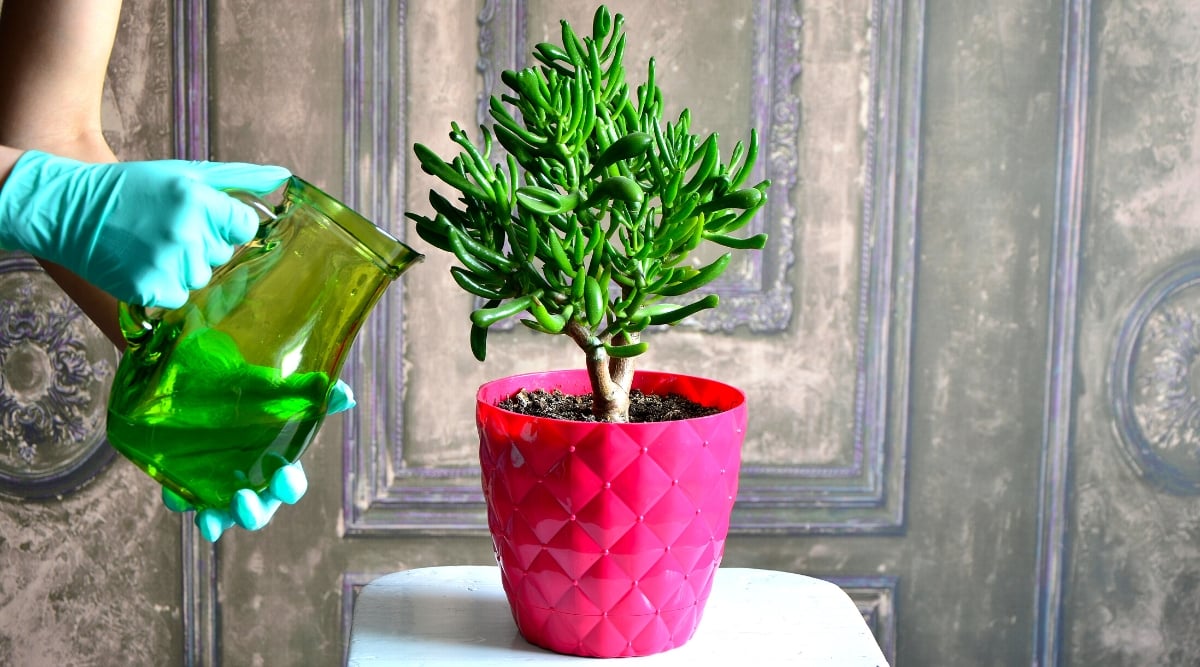

While I prefer not to cultivate succulents indoors year-round, many individuals have excellent indoor spots for thriving succulent gardens. For these gardeners, the query arises: Is there a difference in fertilizing succulents indoors versus outdoors?
Once again, the approach depends on your specific plant varieties. Outdoor succulents typically exhibit rapid and robust growth compared to their indoor counterparts, potentially necessitating more frequent fertilization.
I suggest fertilizing indoor succulents annually, whereas those outdoors in containers might benefit from an additional fertilization session or two during the warmer months.
Assessing plant performance and soil health allows you to make informed decisions about the best fertilization practices.
Types of Fertilizer
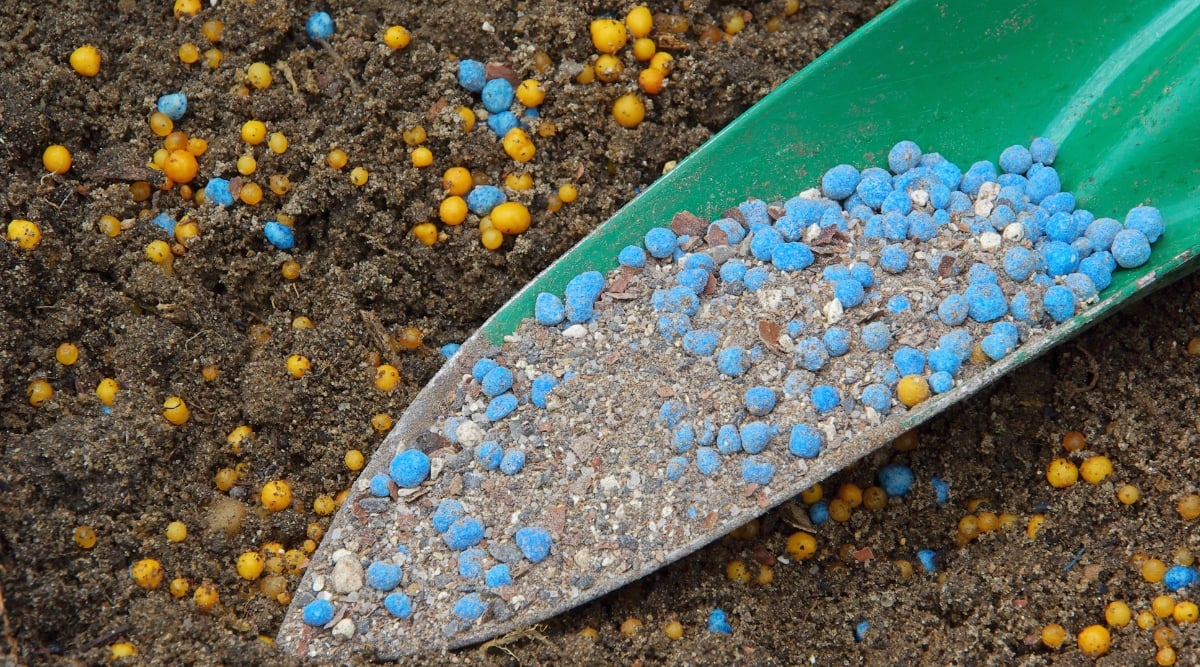

Deciphering between the various plant food options can be a challenge due to the abundance of choices. Whether organic or synthetic, compound or slow release, understanding these terms is crucial to selecting the right option.
When considering organic versus synthetic fertilizers, the former, derived from plants or animals, gradually enrich the soil as organic molecules decompose. Examples include seaweed-based fertilizers and ‘weed teas’ made from plant breakdowns.
Contrastingly, synthetic fertilizers are engineered to provide specific plant nutrients in varying ratios, ensuring rapid results but lacking the soil health benefits associated with organic options.
Both organic and synthetic fertilizers are available in multiple forms, such as liquids, granules, or pellets, each with different application requirements and concentrations. Slow-release fertilizers break down gradually, continuously enriching the soil as they degrade over time.
The Optimal Fertilizer Choice for Succulents
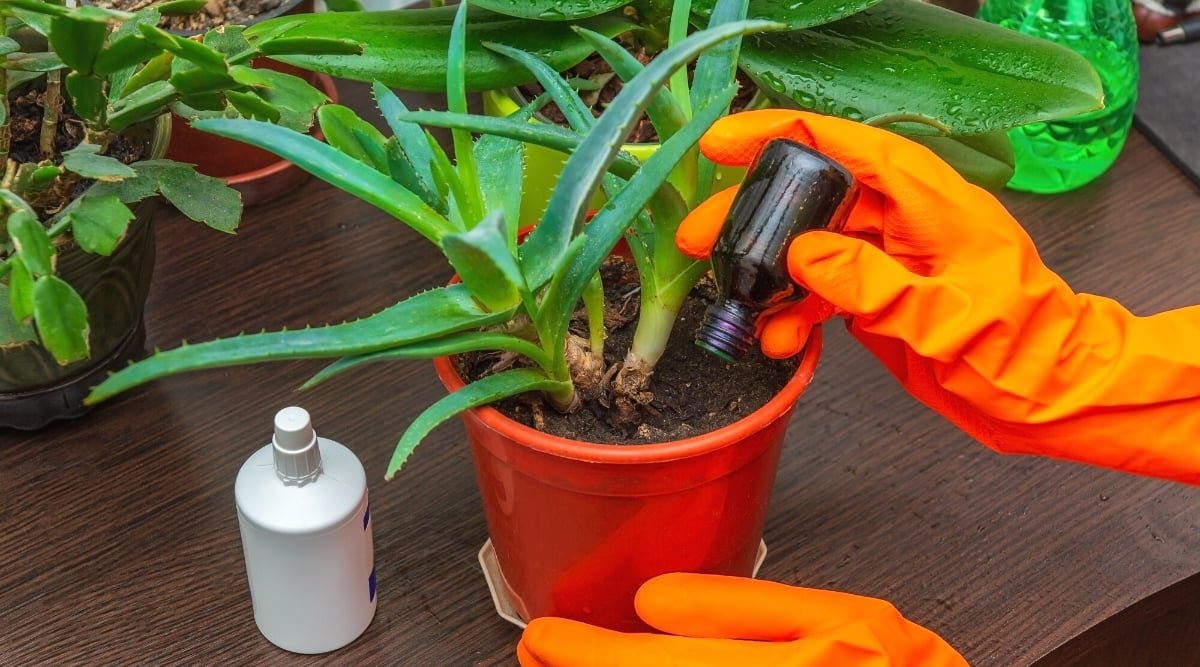
Succulents, thankfully, are not picky about fertilizer types. Most can thrive using a balanced fertilizer, irrespective of the application form, as long as you adhere to the provided instructions. To prevent root burns, steer clear of excessive slow-release fertilizers that are challenging to remove once applied.
Typically, I start with half-strength doses of most products to prevent over-fertilization, as succulents prefer lower soil nutrient levels rather than excessive amounts.
Opt for a fertilizer with balanced NPK values, suitable for several plants, especially indoor ones. Alternatively, choose a slightly phosphorus-rich fertilizer, as excess nitrogen can lead to leggy growth.
While specially formulated products for succulents are available, I prefer a trial-and-error approach, ensuring not to apply more than necessary.
Frequency of Fertilizing Succulents

Since succulents require minimal feeding for optimal growth, I generally fertilize my succulents approximately once a year. However, the frequency may vary based on plant species and container size, usually sufficient to keep them healthy without over-nourishment.
Avoid fertilizing immediately after repotting, as newly potted soil typically contains ample nutrients, and premature fertilization could stress the roots.
If using a low-concentration fertilizer, consider more frequent applications while vigilantly watching for signs of overfertilization. For instance, I prefer an additional summer fertilization for my aloe veras to enhance their fall flowering prospects. Over-fertilizing is a bigger risk than not fertilizing enough, so moderation is key.
When’s the Optimal Time to Fertilize Succulents?
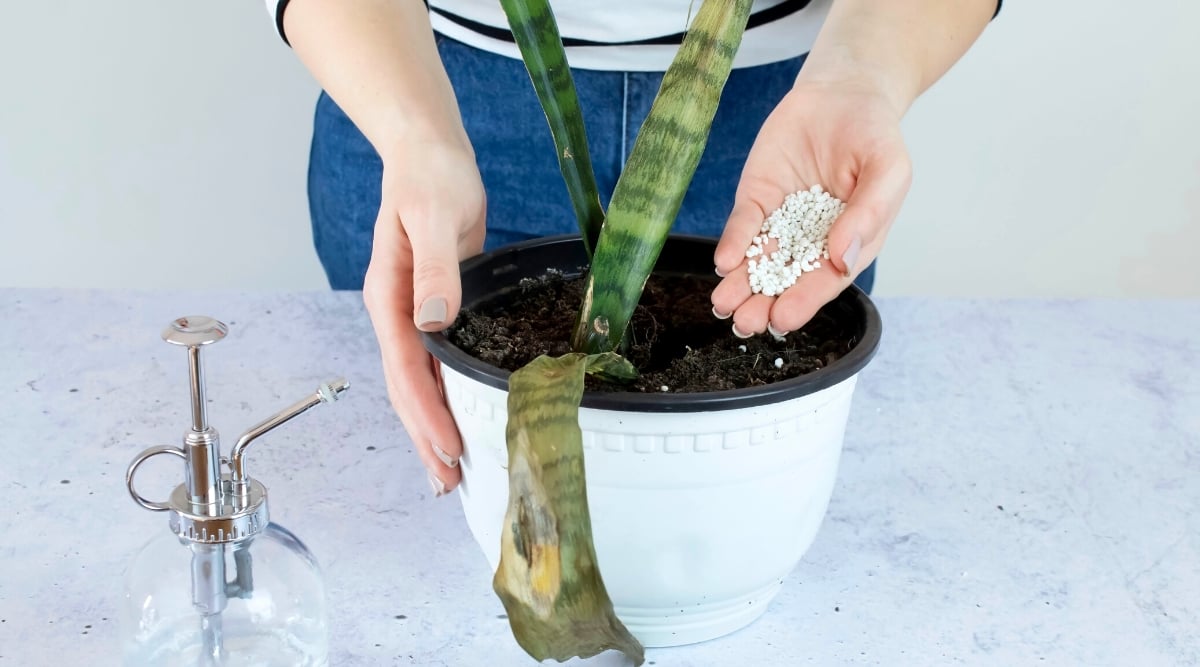

For an annual fertilization routine, the ideal window typically falls in early to mid-spring. When the weather warms up, it’s prime time to spur growth and safeguard delicate new growth from potential cold harm during fall and winter.
If you’re considering a supplementary application, target about two to three months post the initial feeding, usually in mid-summer. Exercise caution when feeding near anticipated low temperatures, especially if your succulents are exposed to outdoor cold snaps.
How to Apply Fertilizer
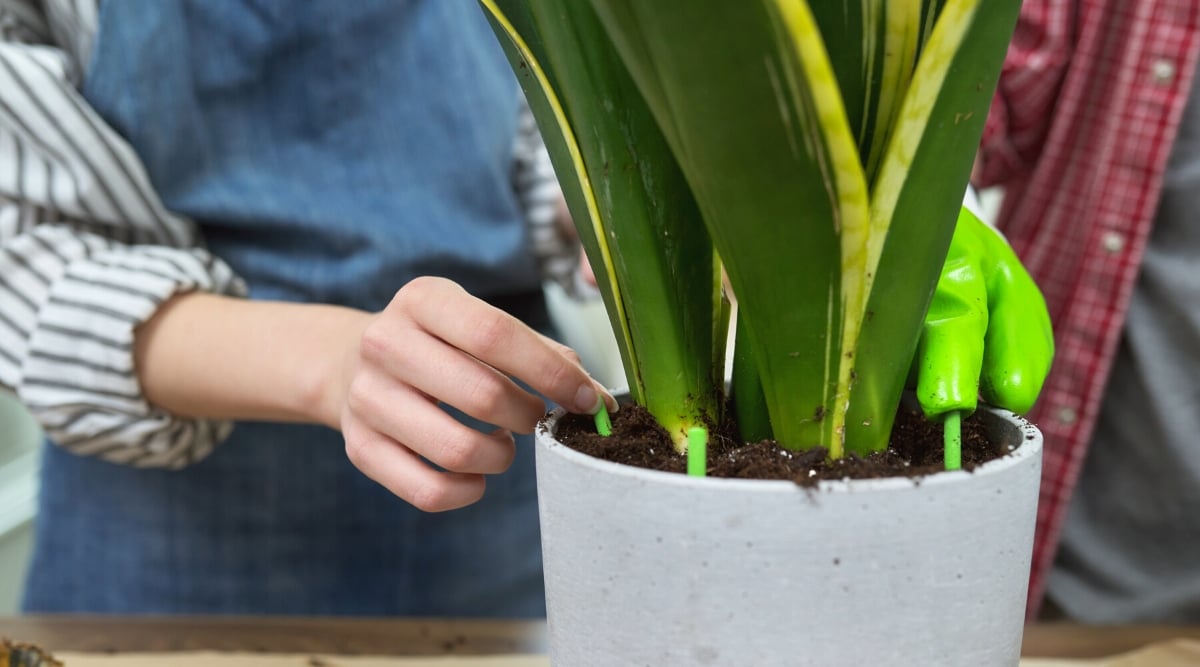

The method of applying fertilizer correctly hinges on the chosen product. Fortunately, most packaging includes detailed instructions for application. Follow these guidelines meticulously to prevent over-fertilization or nutrient wastage.
Time your feeding to align with watering sessions. Nutrients travel up through the roots with water uptake, so ensure the soil is moist before fertilizer application. This practice evenly disperses nutrients in the soil, minimizing the risk of root burn.
Avoid applying fertilizer on your succulent’s leaves as this can lead to burning, depending on the type of fertilizer. Direct the liquid or granules only to the soil surrounding the plant and maintain a distance from the stem. Concentrate on delivering nutrients to the soil rather than onto the plant itself.
If your succulent container is densely packed, direct soil fertilization can be tricky. Consider repotting your plants eventually. If you prefer compact arrangements, add diluted fertilizer and water to a container, then place your pot inside for the soil to absorb moisture effectively from below.
Parting Words
Should you have concerns about your succulents’ performance, fertilizing can offer that much-needed boost. While not always mandatory and not in large quantities, incorporating this simple task in your annual routine will foster optimal growth for your plants.

